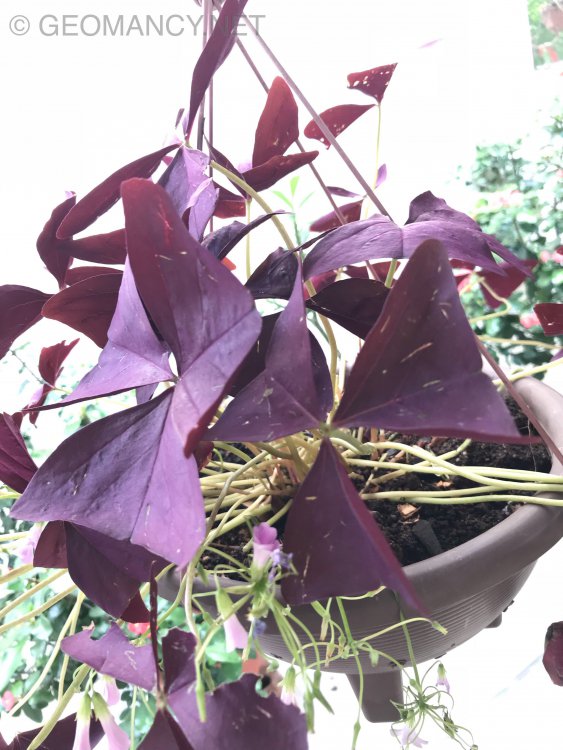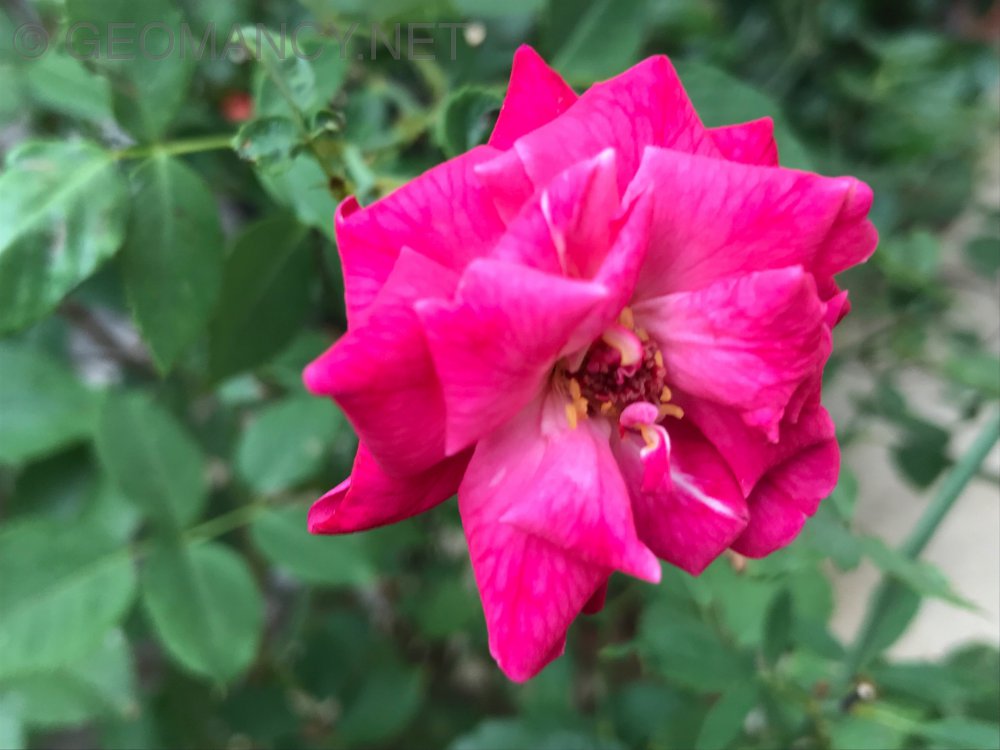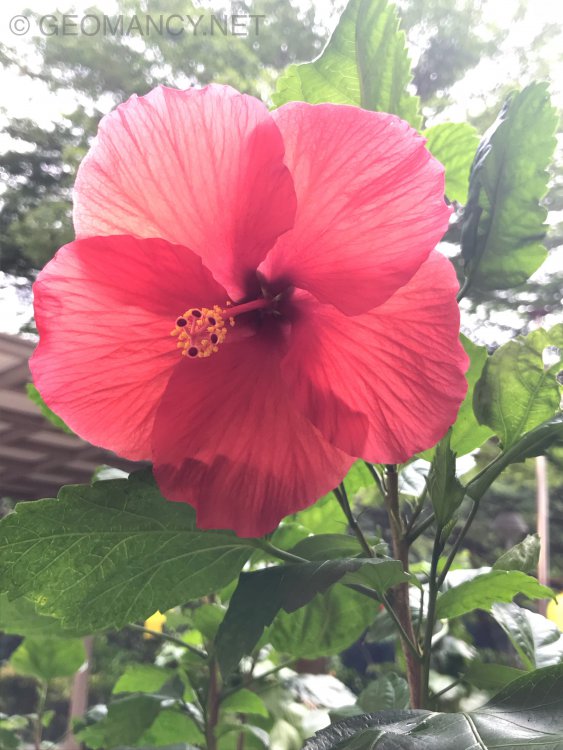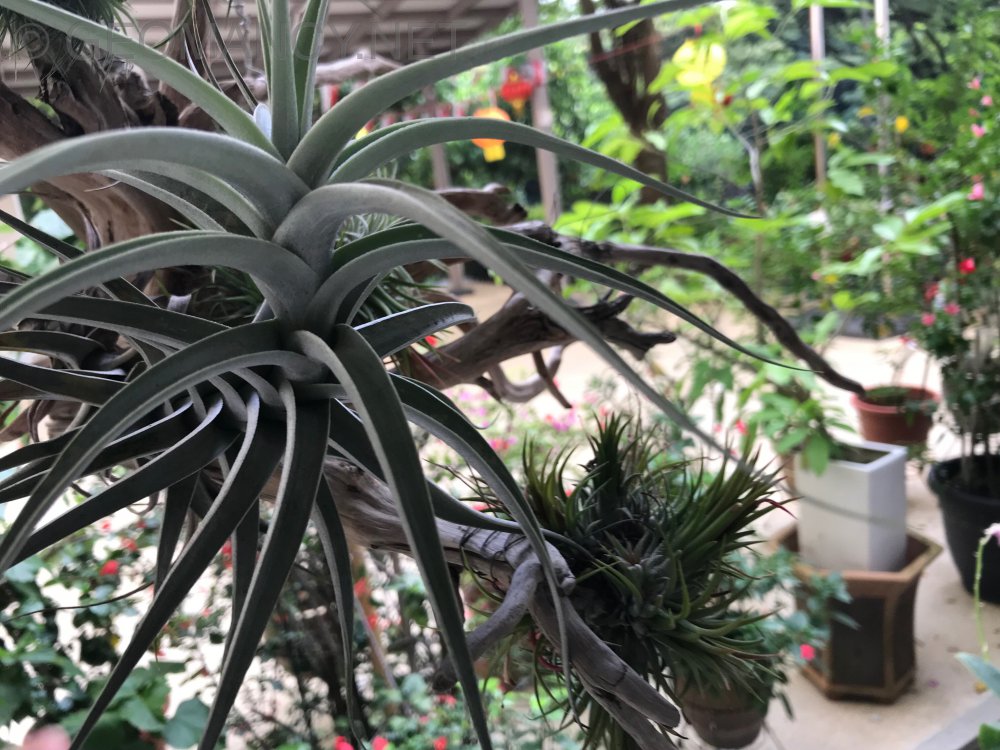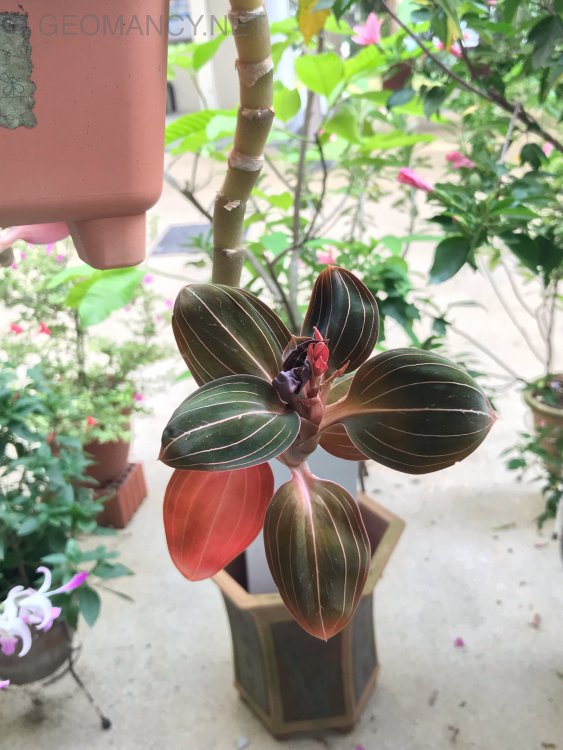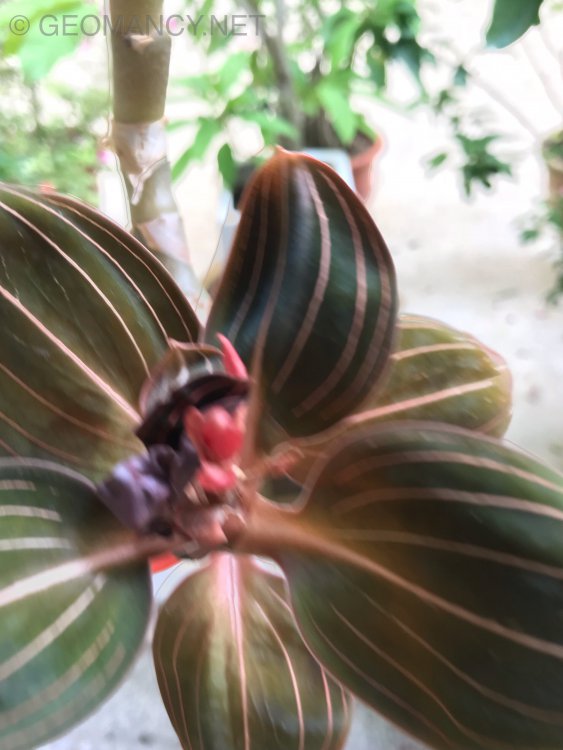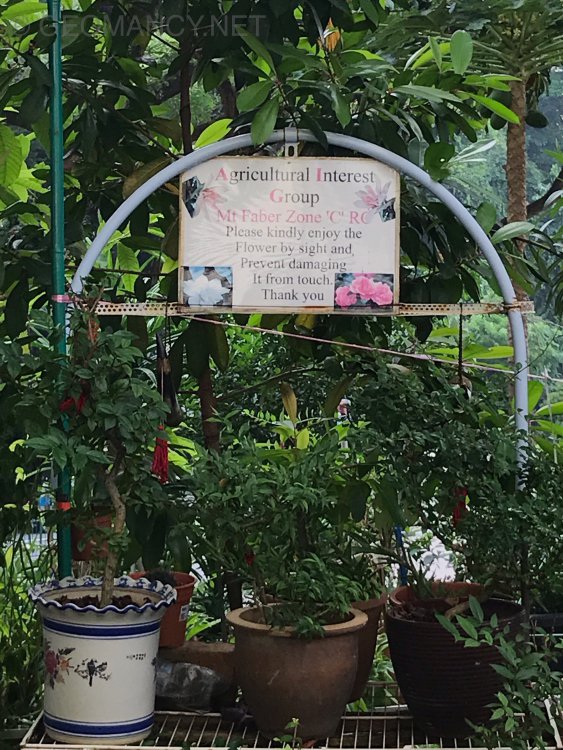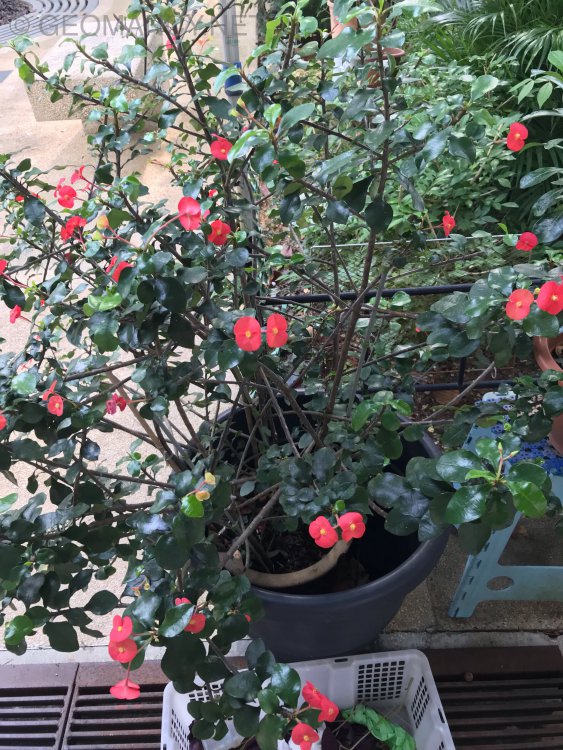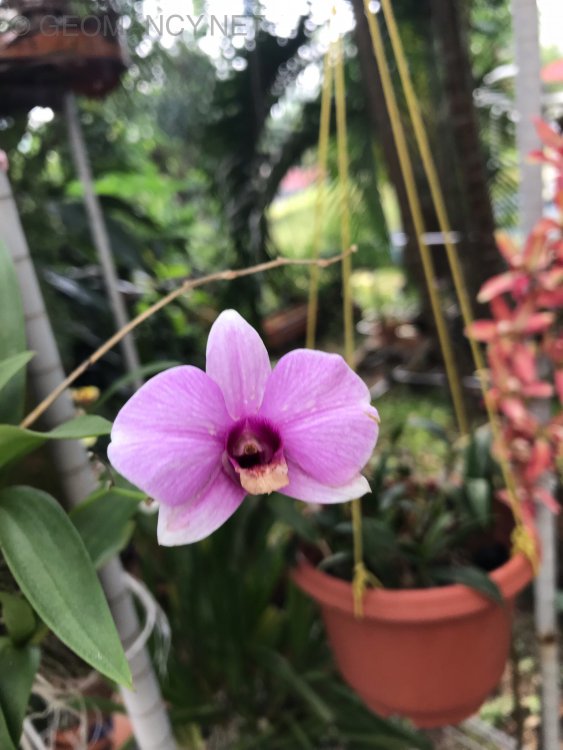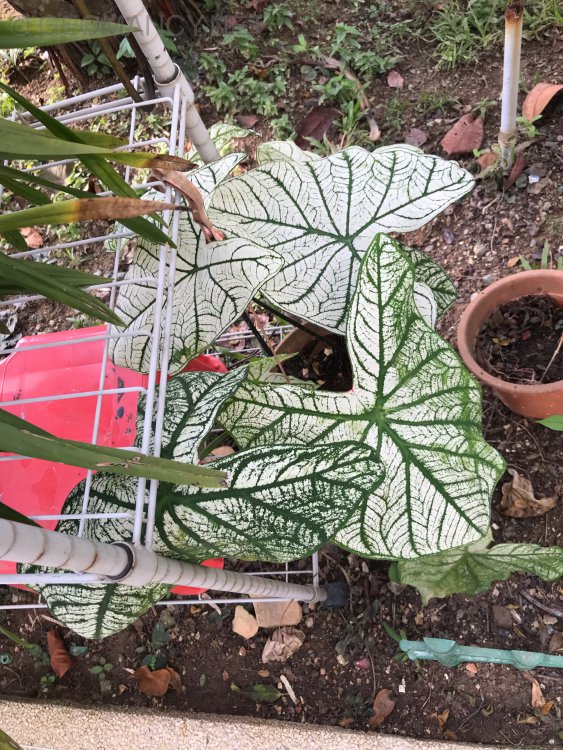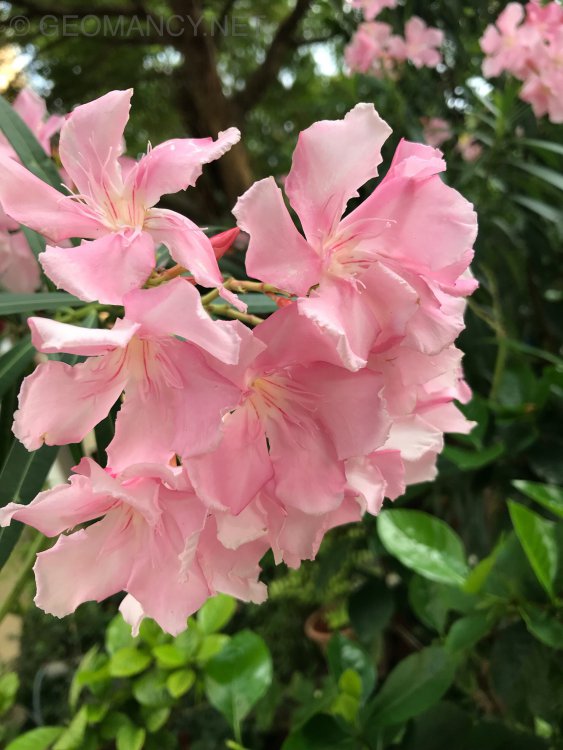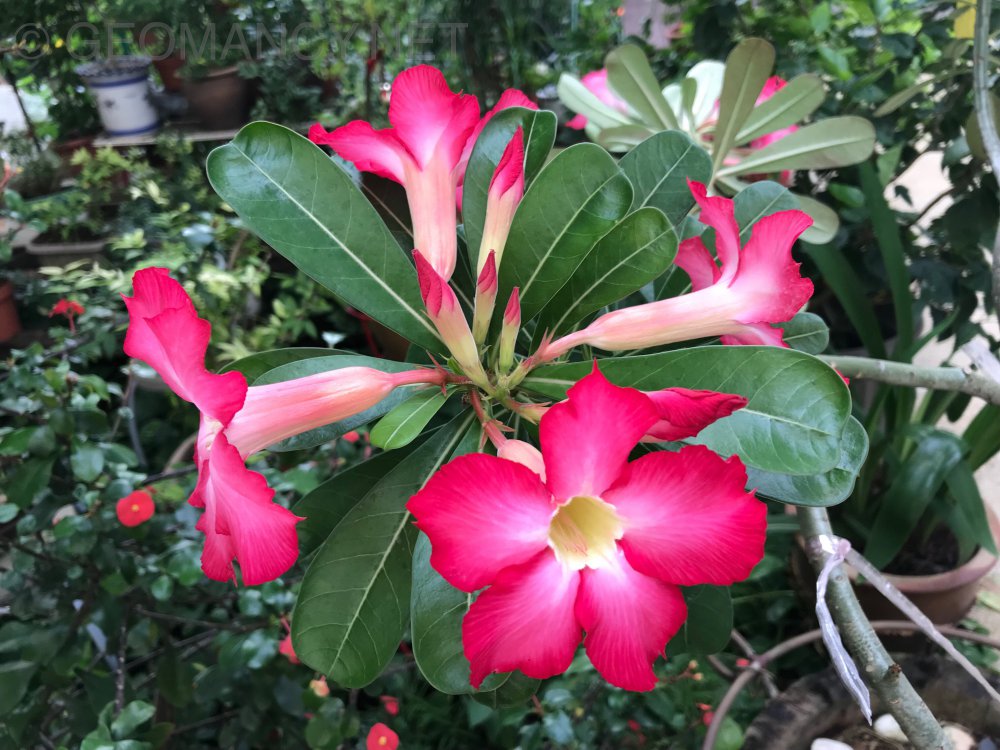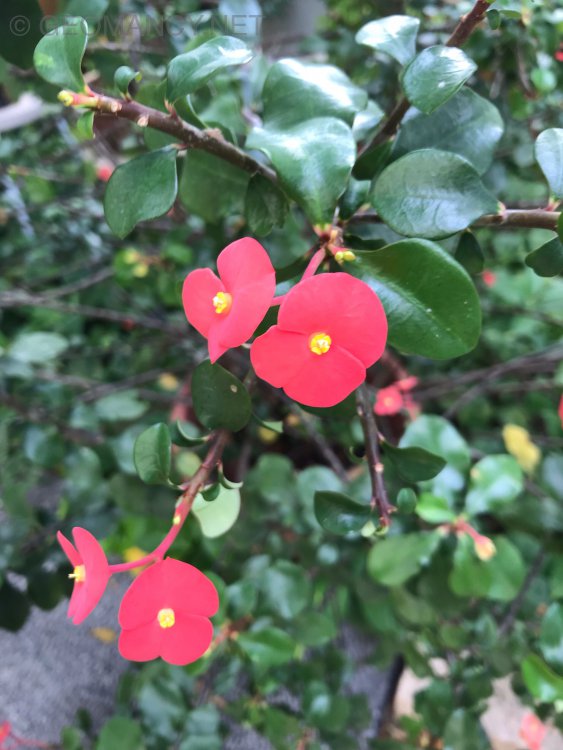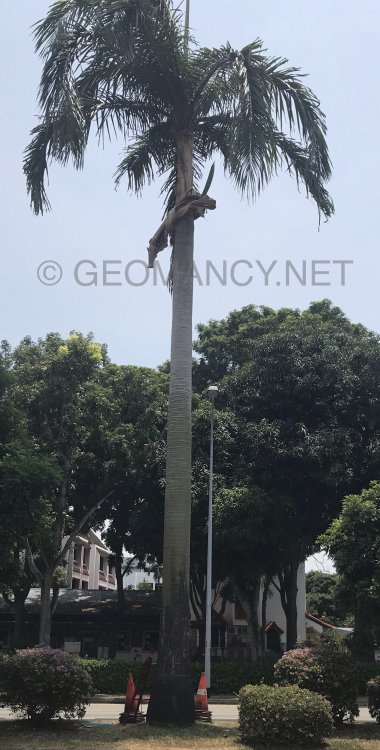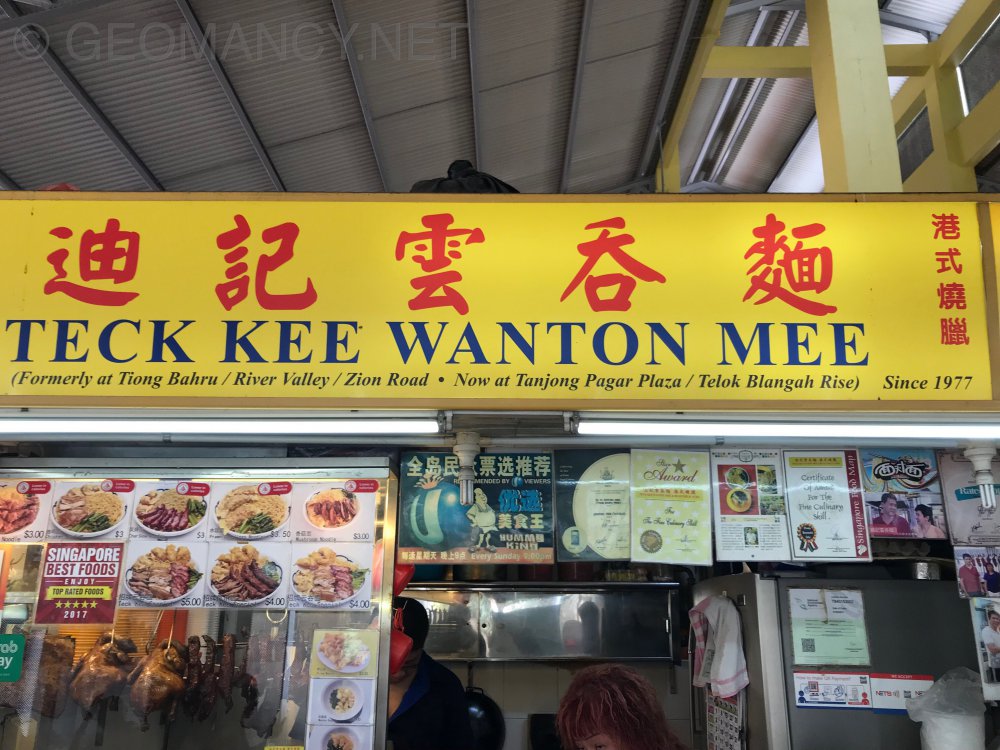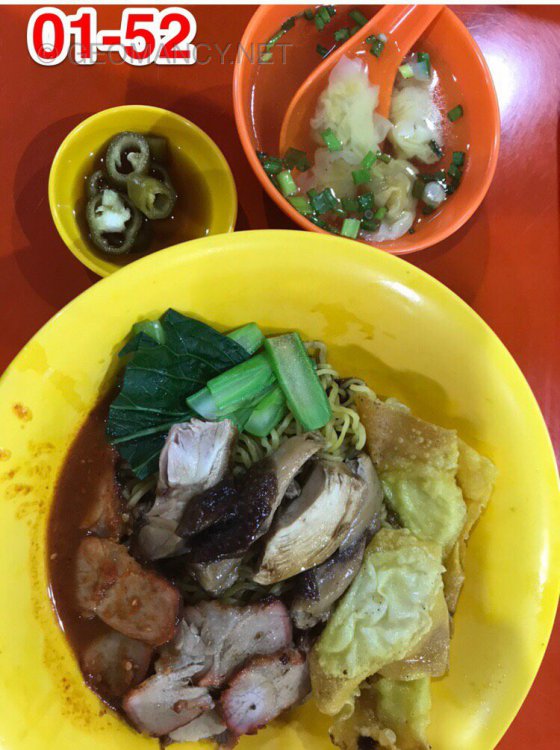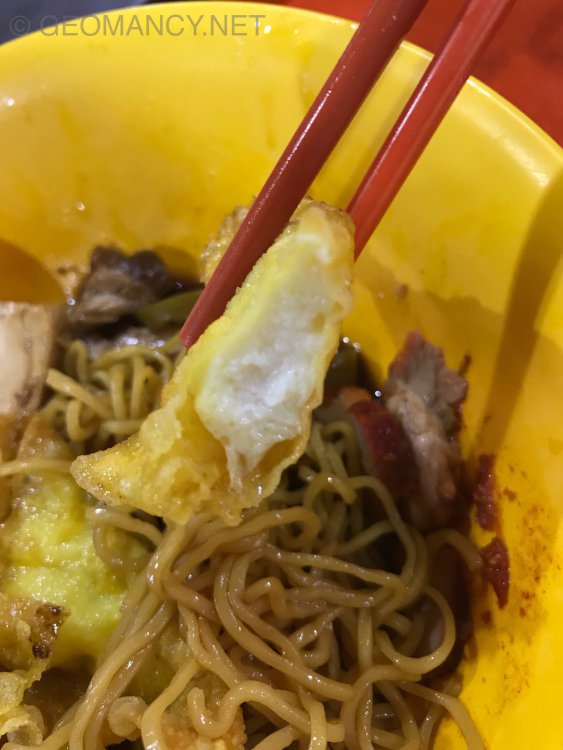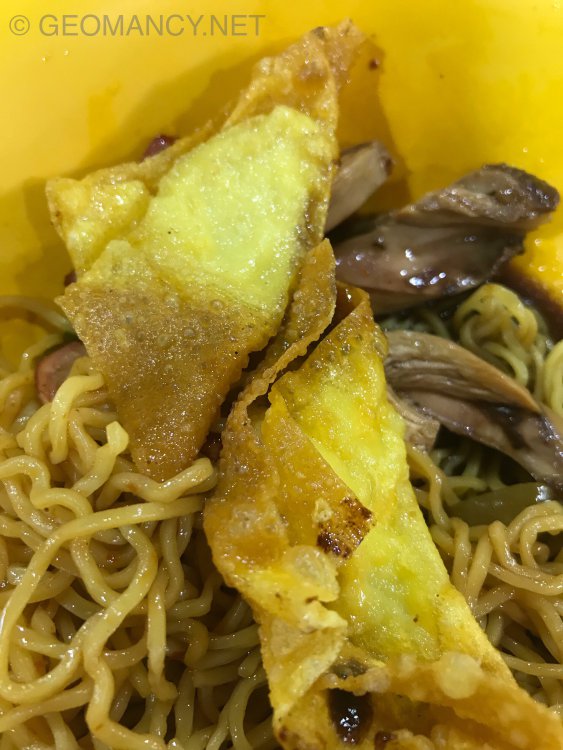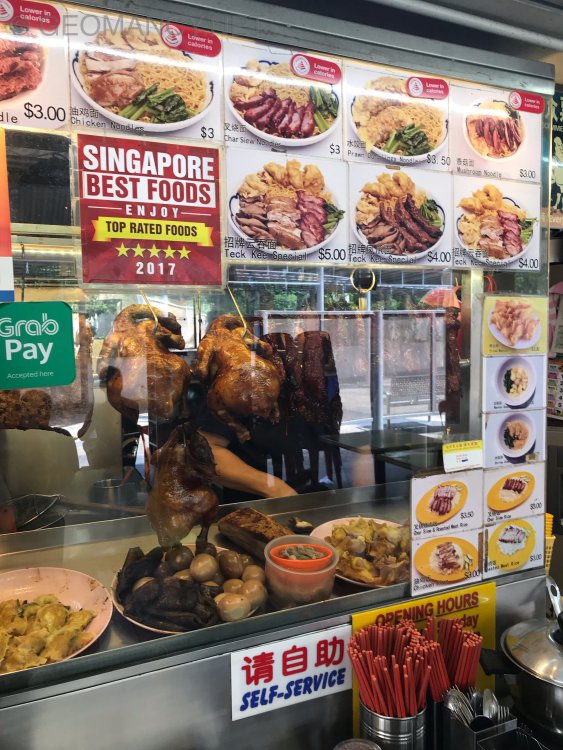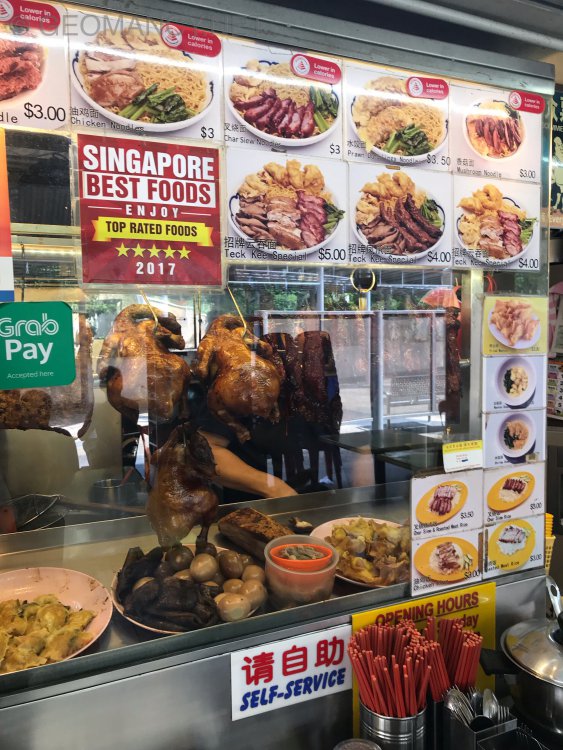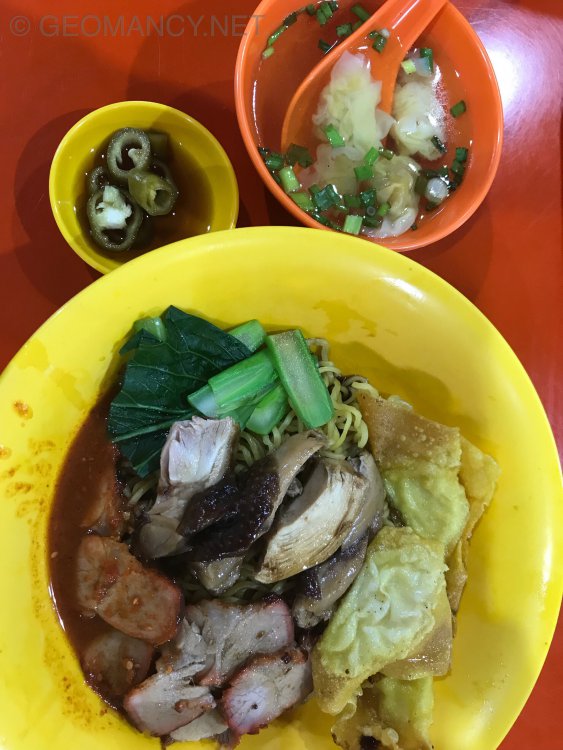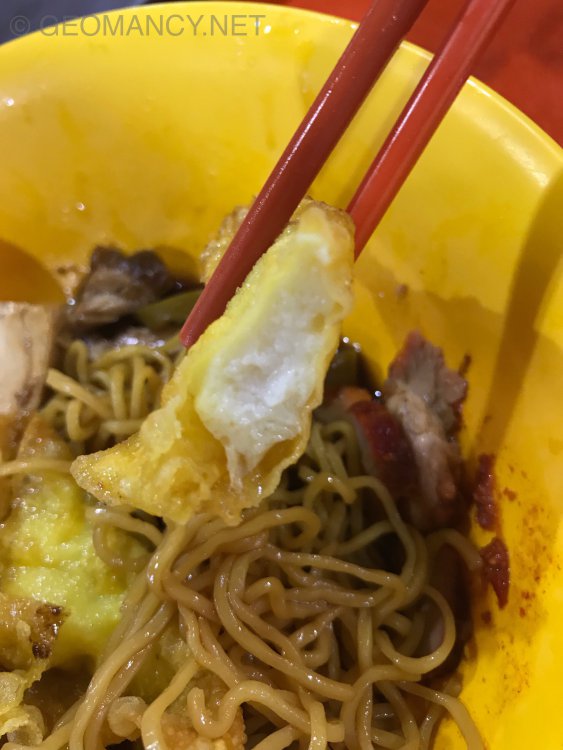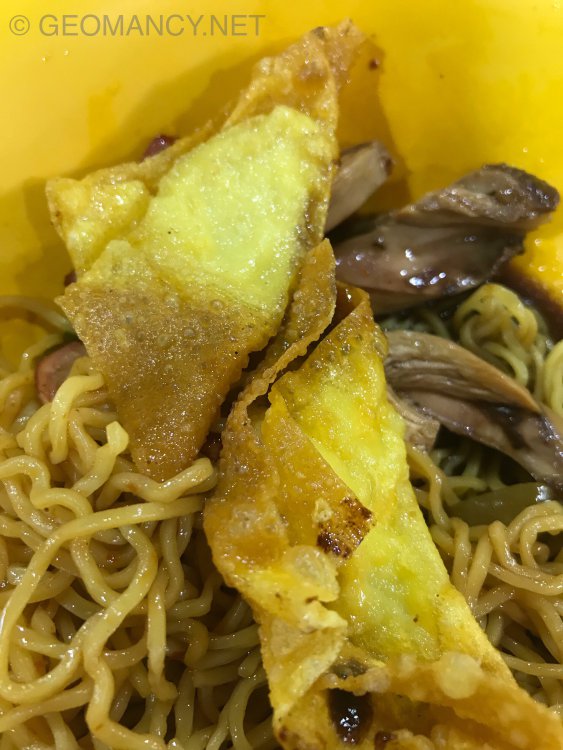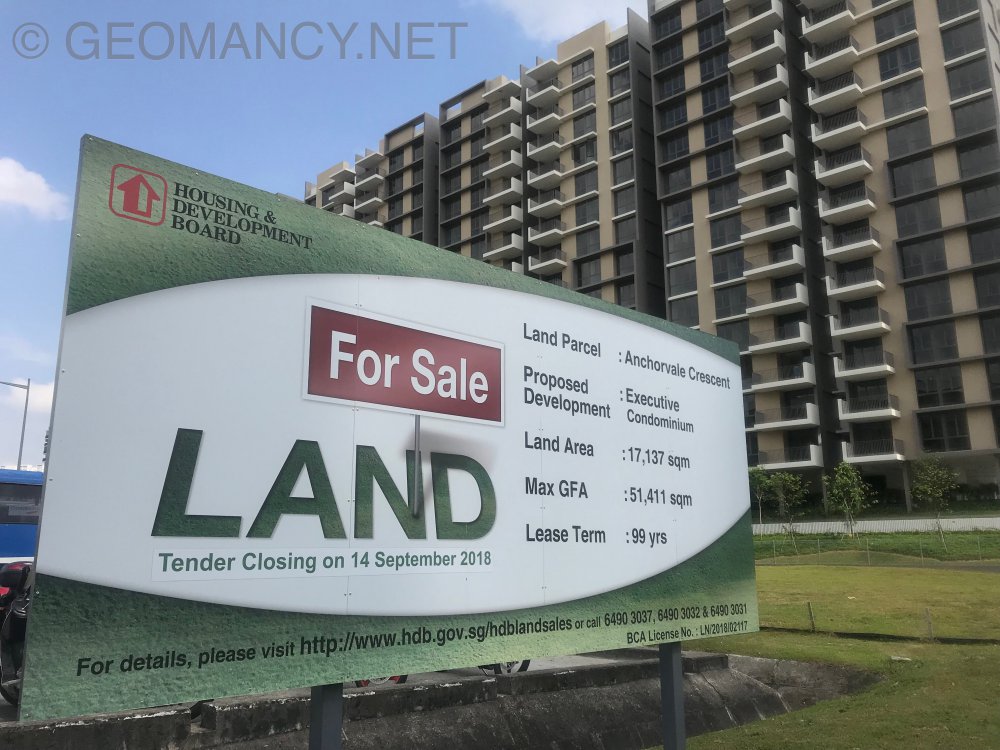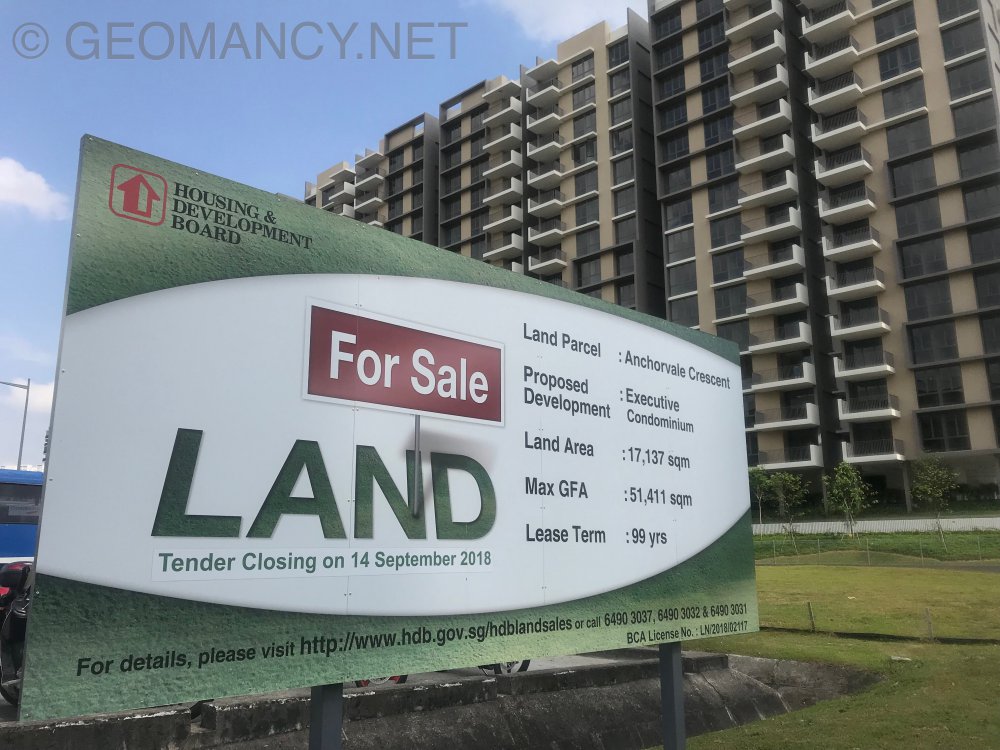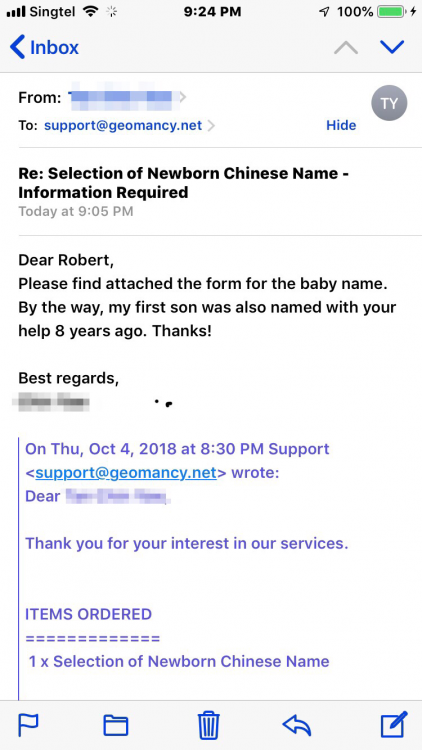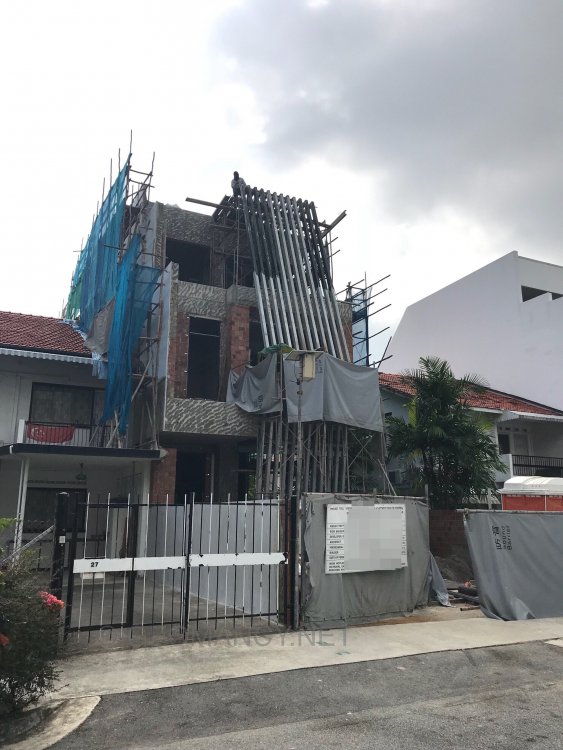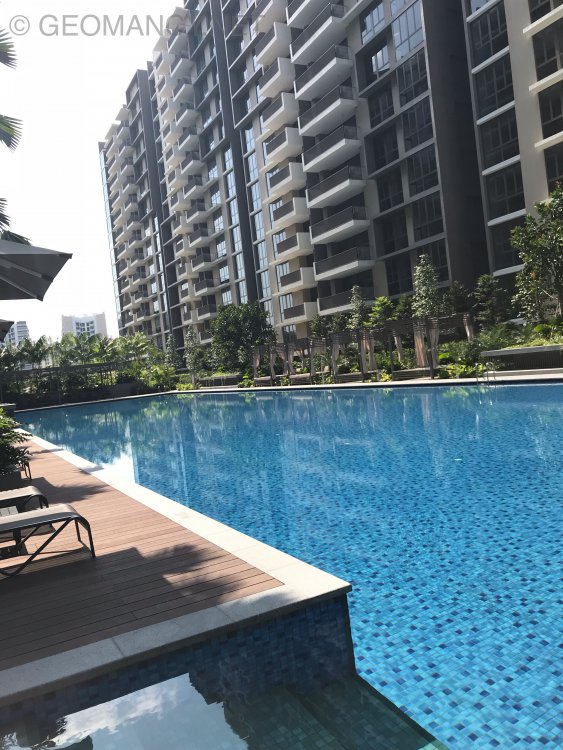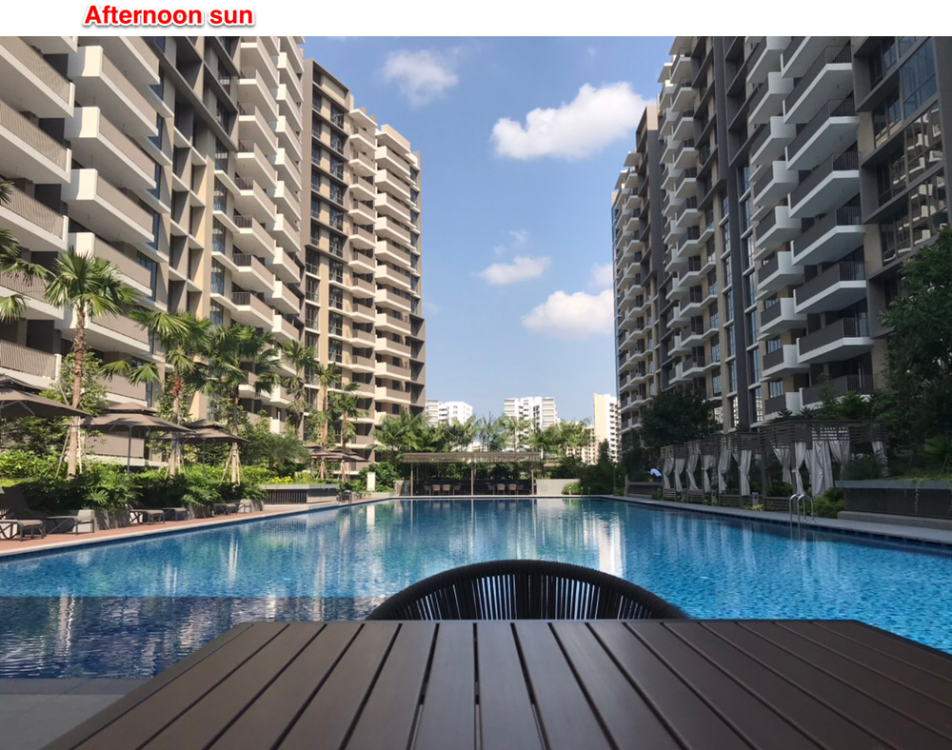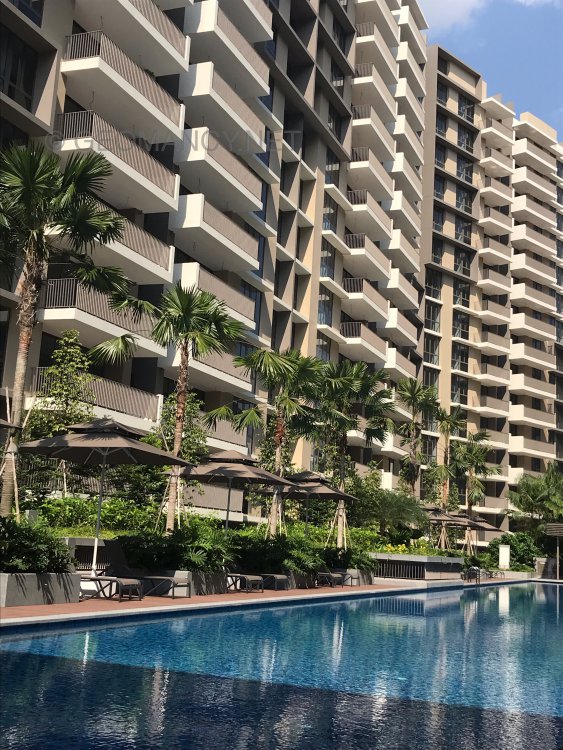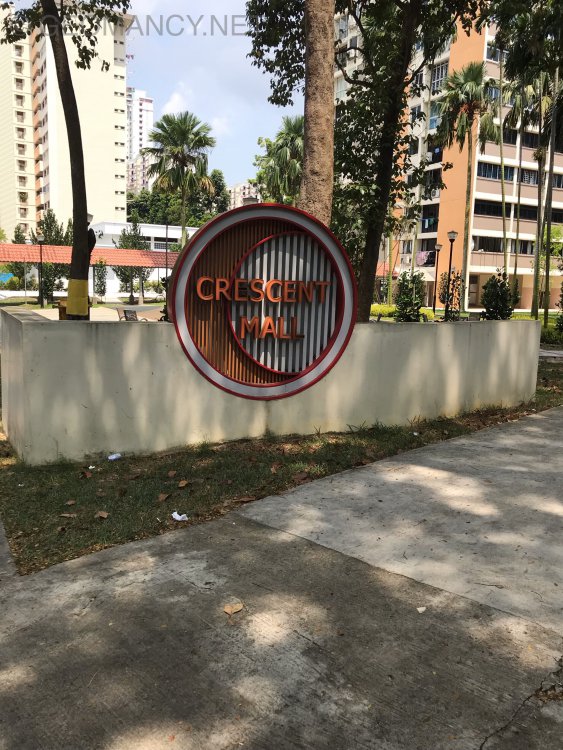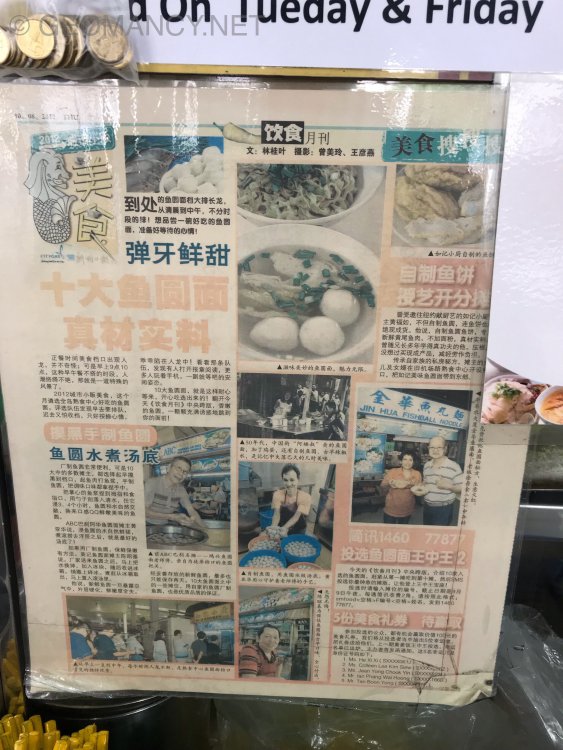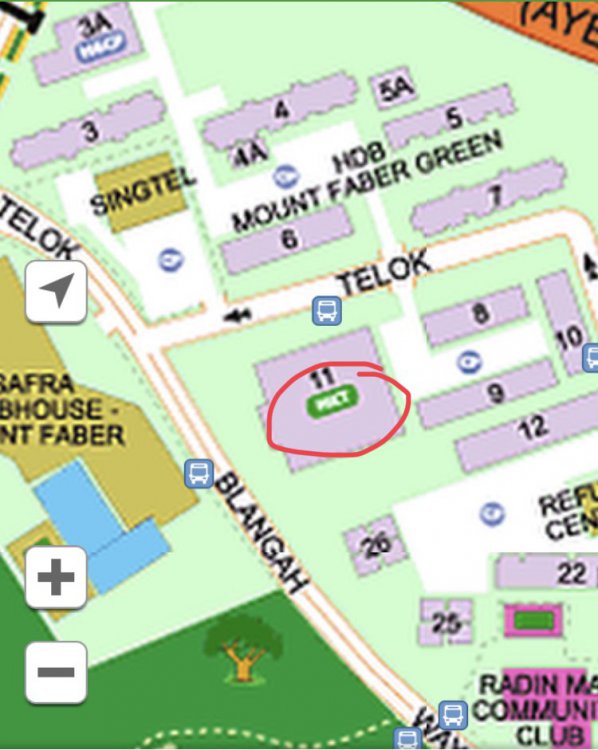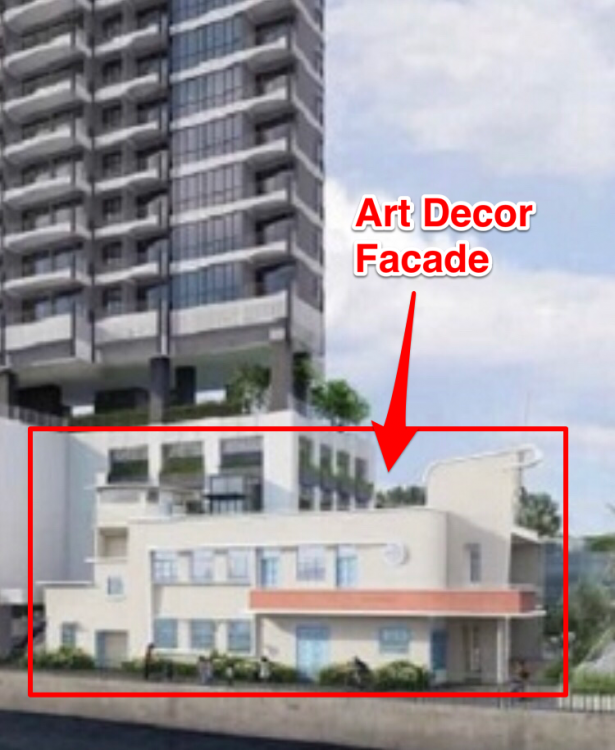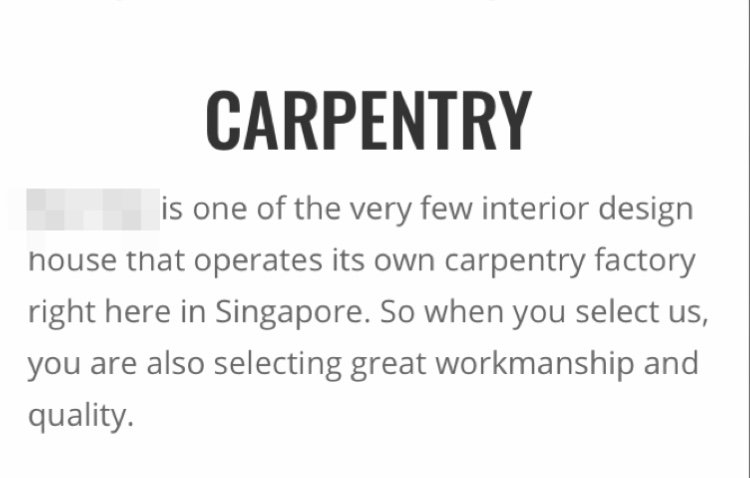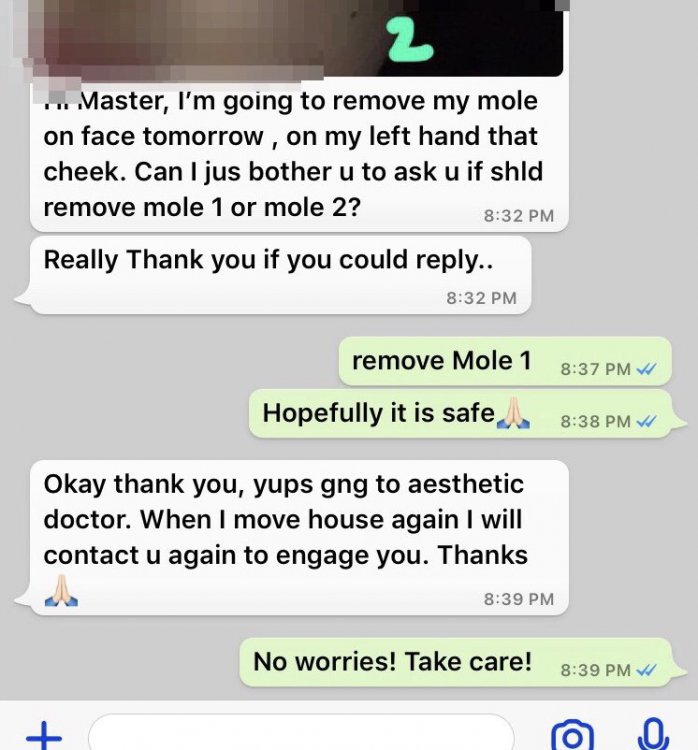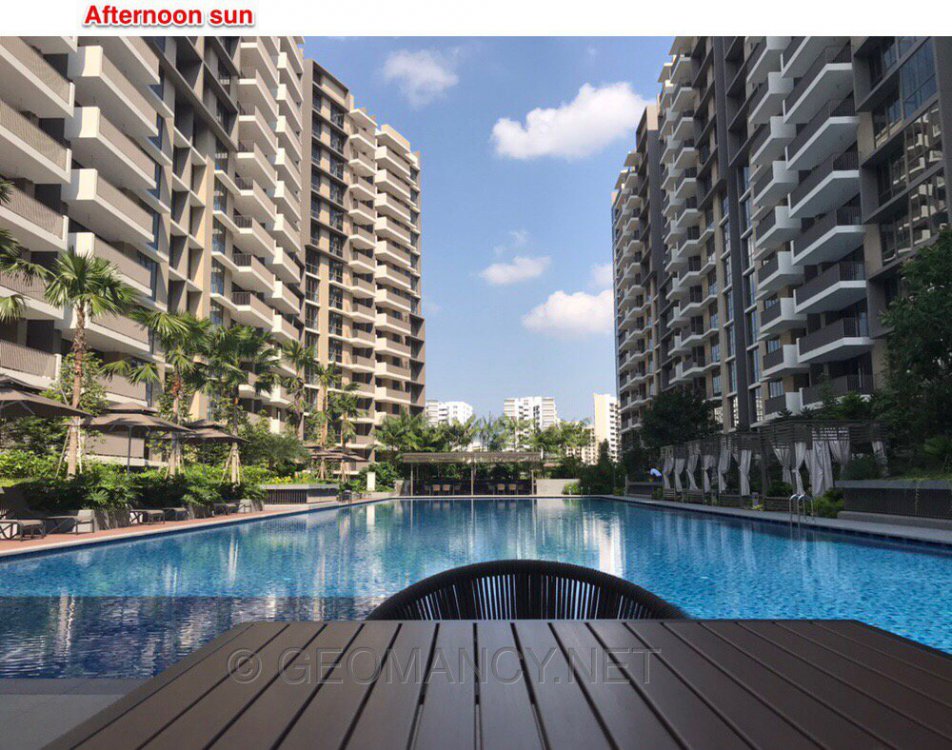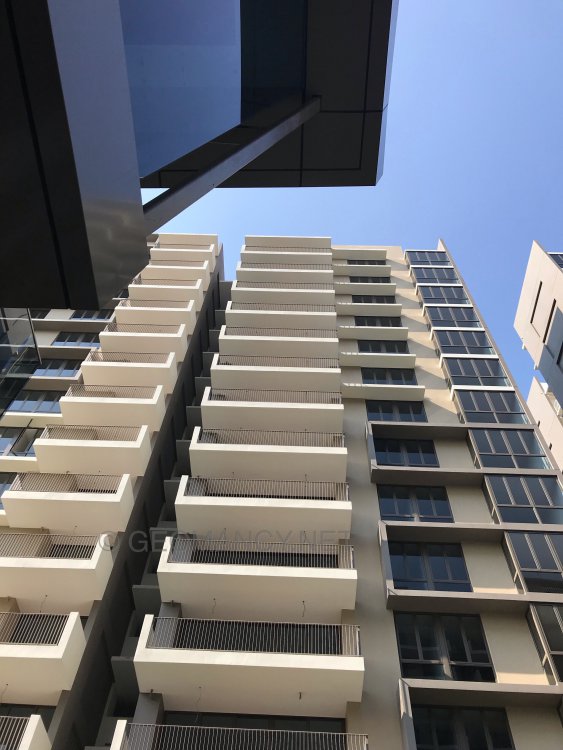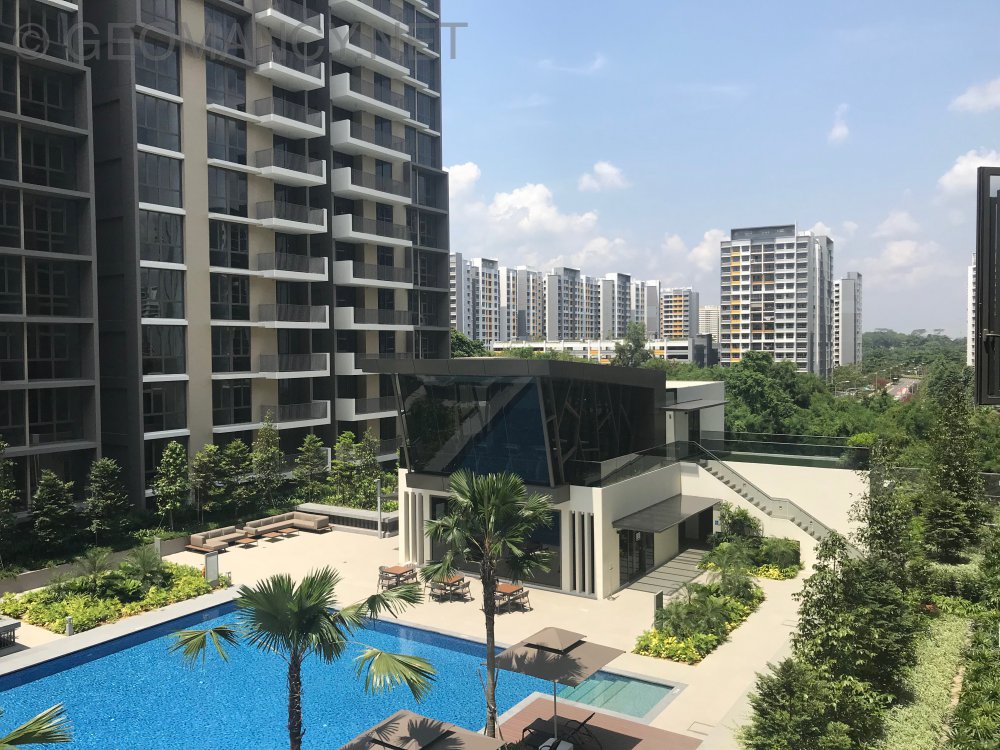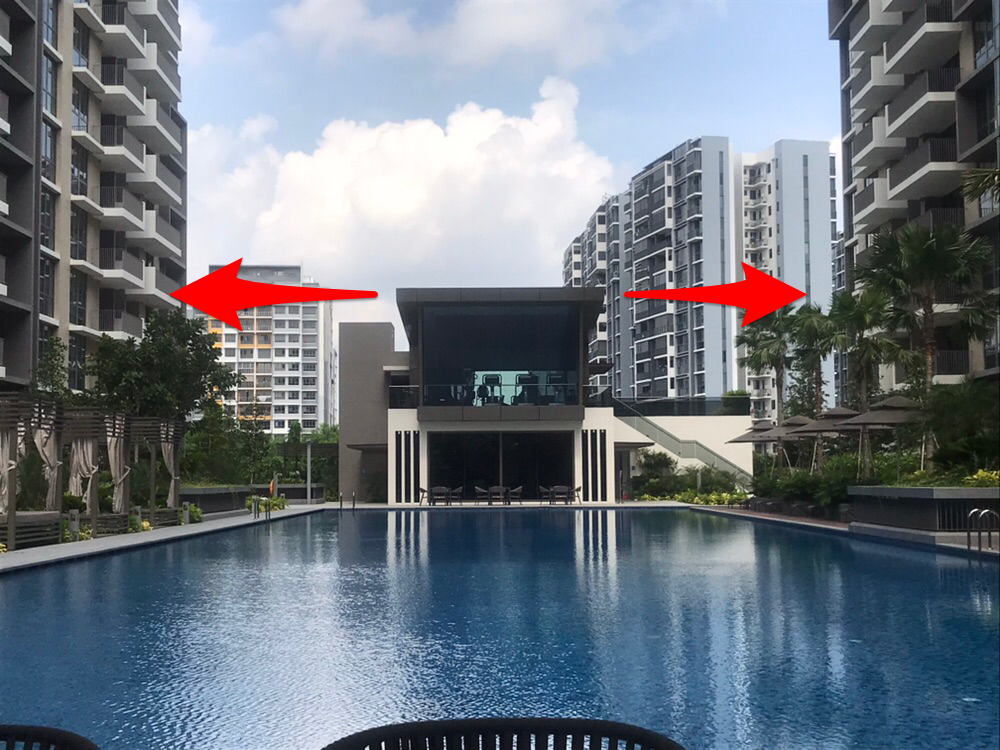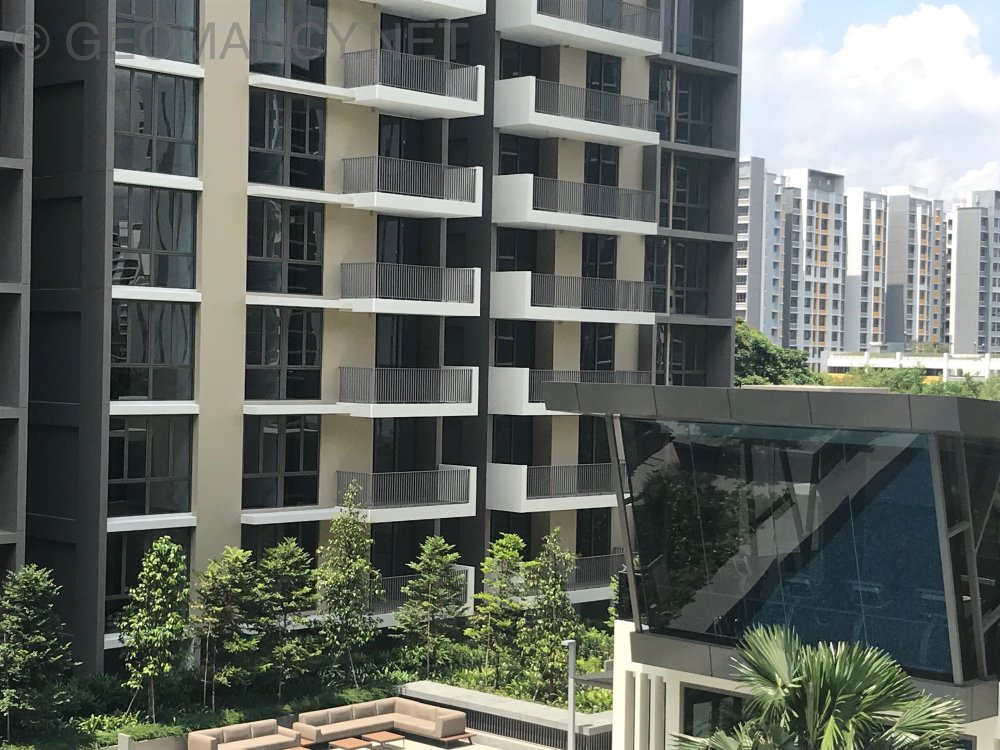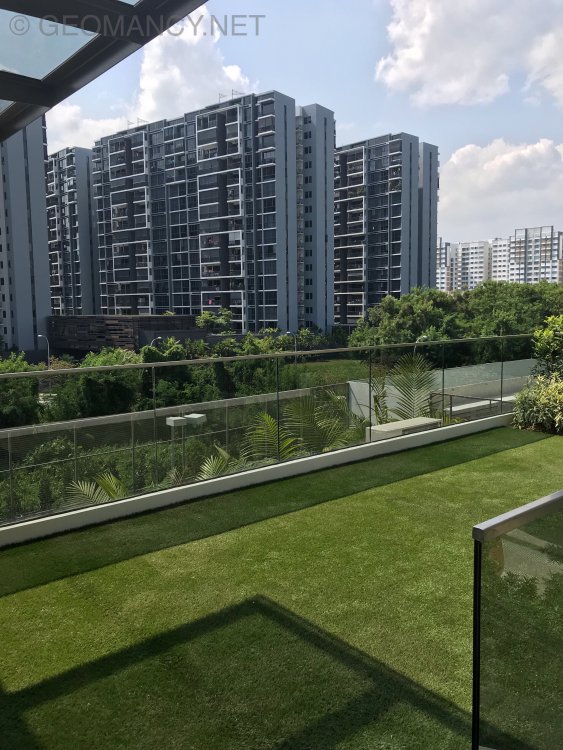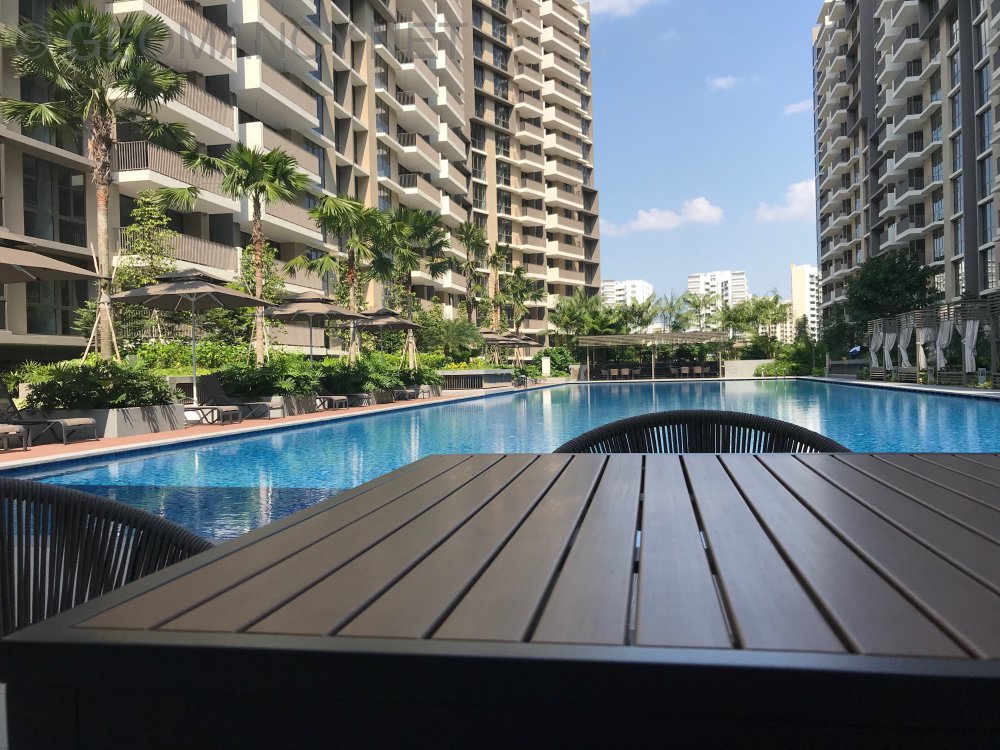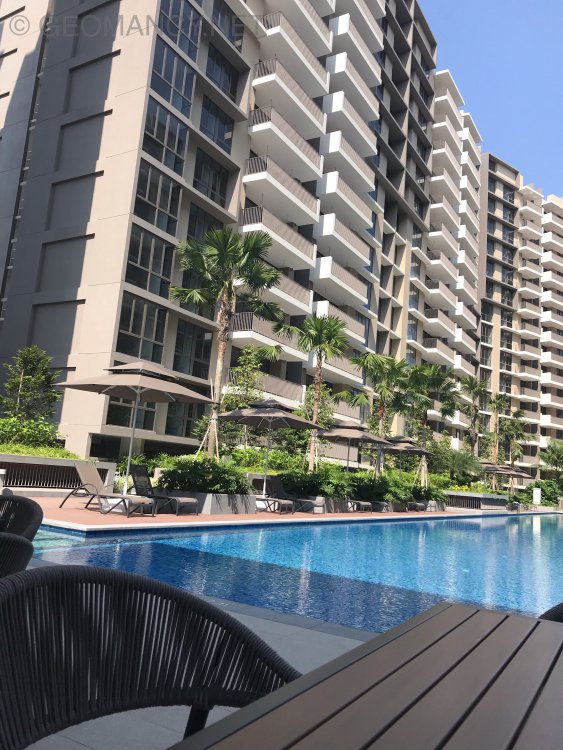-
Posts
38417 -
Joined
-
Last visited
-
Days Won
146
Content Type
Profiles
Forums
Blogs
Events
Gallery
Store
Articles
Everything posted by Cecil Lee
-
Case Study: Tree Trunks as Sha Qi or Poison Arrows. For units facing the pool and service roads, it appears that the development has young palm trees. A mature palm tree: Currently, the trunks of these trees have reached the second storey and are located at the outer edges of the development. If the trees have many branches close to the units, that is usually fine. However, if these trees also have solid trunks facing the units, they may act as poison arrows. This is more difficult to remedy, especially if they align directly with the balcony.
-
Location : Radin Mas - Telok Blangah Rise Teck Kee Wanton Mee Stall.. Noodles so so.. but taste of traditional tick-tick mee style chilli. But their soya sauce chicken is melt in the mouth. Tender soya sauce chicken: Their unique signature is this crispy fish cake wanton Location: At the other end of the Market Many branches...
-
Is this good or bad? What do you think! In Singapore, the upcoming EC will act as a buffer, blocking the direct view of SengKang Hospital. However, this also means residents lose their clear view of the hospital. Residents will also have to deal with noise and dust from construction, which usually lasts for about three years.
-
Case Study: Tree trunks as a potential poison arrow(s) A. In my opinion, both the landscape planner and the landscape company did a poor job with the placement of the trees. 1. Many trees are placed directly in the center of the living room balcony, making them difficult to maintain, especially the trunks of the palm trees. 1.1 When affected by Sha Qi (poison arrow), a tree trunk can resemble a knife pointed toward the unit’s entrance. 1.2 The current delay in installing zip track external blinds does not seem helpful. If these blinds were installed and kept closed, they could offer a solution. B. Why can’t external framed blinds be installed? 2. I find it difficult to understand why many recent developments—such as The Vales, which allows white, ivory, and brown external blinds, as well as Sol Acres and Wandervale—permit the installation of zip track frame external blinds. There doesn’t seem to be any concern about the balcony load in these buildings. 2.2 However, Sim Lian has stopped these installations and informed owners that they may affect the load on the balcony. This is confusing. 2.3 I would like to ask Sim Lian: Why are these blinds allowed in other developments but not here? Why is balcony overloading given as the reason? 2.4 In my opinion, this reflects poorly on the developer. Are you suggesting that your construction quality or the load capacity of your balconies is lower than in similar projects? 2.5 Does this mean that MCL’s Sol Acres is built to a higher standard than yours? C. The welfare of the guards, the guard room, and its surroundings is often overlooked. 3. Some may argue this is not an issue since the company is paid, but providing shade and comfort helps support and humanize the guards. 3.1 One positive aspect is that the guards are smiling because the development faces north-south and has a large roof-line. 3.2 This ensures they have reliable shade, so the guards are protected from the afternoon sun.
-
Question: Oh, the Lucky Cat isn’t part of Feng Shui? I bought it from a Feng Shui shop. 1. The Maneki-neko cat comes from Japan. It is not a Chinese name. 2. Unscrupulous sellers will try to sell anything as Feng Shui. 3. Do you think they care? They only care about taking your money. 4. When the buying stops, the selling will too. 5. Ancient Feng Shui focused on nature, the environment, and understanding the stars. 5.1. The ancients would be horrified to see today’s practices. 5.2. In fact, many Feng Shui Masters with deep lineages are now some of the biggest sellers of commercial Feng Shui products. 5.3. I wonder how their ancestors would feel if they were alive today. Most likely, they would be very disappointed or even disown such descendants. 5.4. This trend has become so widespread that you can find it in places like Fu Lu Shou Complex, as well as in Central, Thomson, and the eastern and northern parts of Singapore. 6. On a different note, in the 1930s, Japan conquered China and many countries in the Far East. While many Chinese from that generation may forgive, they will never forget the atrocities, especially events like the Rape of Nanking. 7. Frankly, how can Feng Shui Masters claim this is real Feng Shui? Please spread the word—don’t be fooled! 8. Treat these items just like any other displays that collect dust. 9. The best way to stop this is to stop buying from them: “When the buying stops, the selling can!”
-
-
Just TOP. Sim Lian is well-known for their key handover process, where owners are typically not accompanied upstairs after receiving their keys. It would have been a great experience if the developer had provided clear instructions for key collection, such as activating the air conditioning. Think about it: how often does a family go through the process of collecting keys in their lifetime? It’s understandable, considering Sim Lian was mainly a Main Contractor in the past for companies like MCL and others.
-

Absolutely wonderful site.. a 1999 compliment
Cecil Lee replied to Cecil Lee's topic in What others say about us?
How time flies! In a few months time, this message would have been 20 years old! This makes this forum one of the oldest if not the oldest verifiable Feng Shui Forum in the World! And made in Singapore for the World!
Forecast
Free Reports
Useful Handbooks Guides
Feng Shui
- Feng Shui Resources
- Fun with Feng Shui
- Photo & Pictures
- Encylopedia of Feng Shui
- Singapore Property Review
Chinese Horoscope
Palmistry
Feng Shui Consultation
Services
Order & Download Forms
Main Navigation
Search




